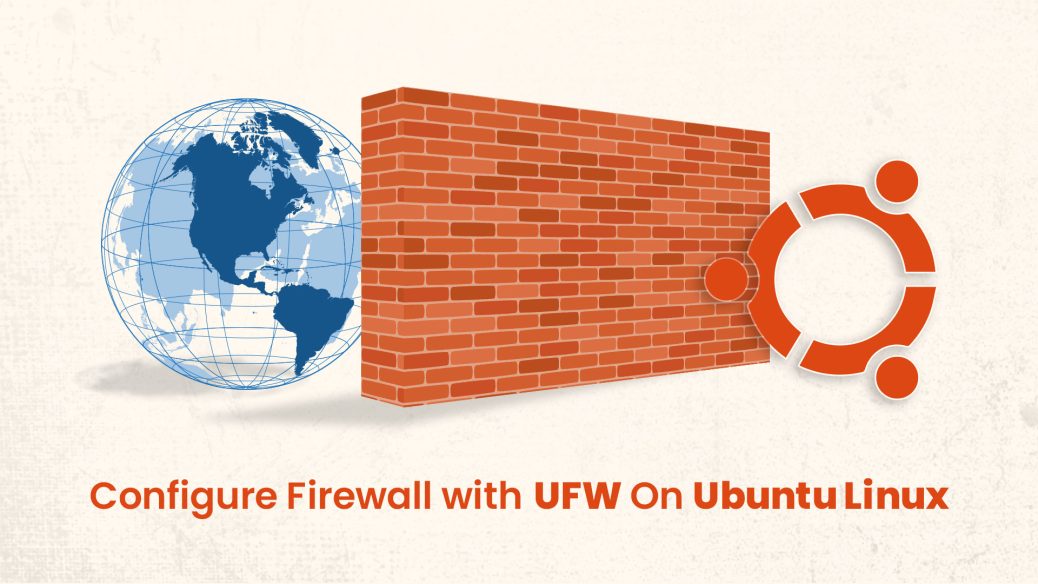UFW (Uncomplicated Firewall) is a user-friendly interface to manage iptables firewall rules on Ubuntu. It simplifies the process of setting up and managing a firewall to protect your server from unauthorized access.
Prerequisites
- A server running Ubuntu (20.04 or later).
- Sudo privileges.
Step 1: Installing UFW
UFW is installed by default on Ubuntu. However, if it’s not installed, you can install it using the following command:
sudo apt update
sudo apt install ufwStep 2: Checking UFW Status
To check if UFW is active, use:
sudo ufw statusIf UFW is inactive, you will see:
Status: inactiveStep 3: Enabling UFW
Before enabling UFW, it’s important to allow SSH connections to avoid locking yourself out of the server.
sudo ufw allow sshNow, enable UFW:
sudo ufw enableYou will see a prompt asking if you want to proceed. Type y and press Enter.
Step 4: Setting Default Policies
It’s recommended to set default policies that deny all incoming connections and allow all outgoing connections. This is a secure default setup:
sudo ufw default deny incoming
sudo ufw default allow outgoingStep 5: Allowing Specific Incoming Connections
You can allow specific ports or services as needed. Here are some common examples:
- Allow HTTP (port 80):
sudo ufw allow http - Allow HTTPS (port 443):
sudo ufw allow https - Allow specific port (e.g., port 8080):
sudo ufw allow 8080 - Allow a range of ports (e.g., ports 5000-6000):
sudo ufw allow 5000:6000/tcp
Step 6: Denying Specific Incoming Connections
To deny specific ports or services, use:
- Deny HTTP (port 80):
sudo ufw deny http - Deny specific port (e.g., port 8080):
sudo ufw deny 8080
Step 7: Enabling Logging
UFW can log firewall activity, which is useful for monitoring and troubleshooting:
sudo ufw logging onTo set the log level (optional):
sudo ufw logging lowStep 8: Managing UFW Rules
- To delete a rule (e.g., allowing HTTP):
sudo ufw delete allow http - To reset UFW to default state (this will disable UFW and delete all rules):
sudo ufw reset
Step 9: Checking UFW Status and Rules
To view the current status and rules:
sudo ufw status verboseYou will see a detailed output of active rules and the status of UFW.
Step 10: Disabling UFW
If you need to disable UFW temporarily:
sudo ufw disableConclusion
UFW is a powerful tool that simplifies firewall management on Ubuntu servers. By following this tutorial, you can secure your server by configuring UFW to allow or deny specific connections, ensuring only authorized access is permitted.
Feel free to reach out if you have any questions or need further assistance!
Additional Resources
This should provide a comprehensive guide for beginners to get started with UFW on Ubuntu. Let me know if you need any modifications or additional sections!

